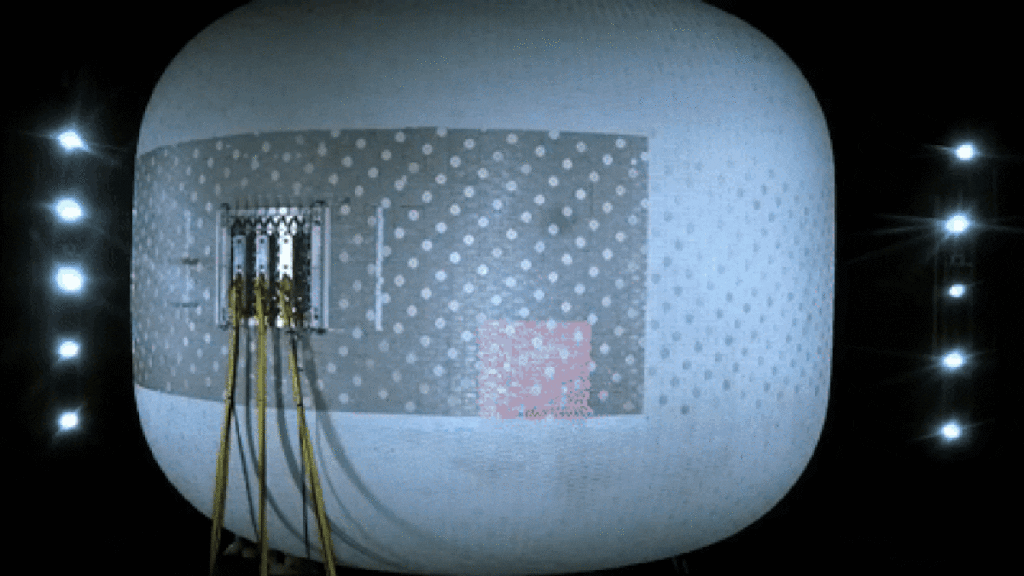Watch Sierra Space Blow Up Its Inflatable Space Station In The Name Of Science

The International Space Station is nearing the end of its life and will soon be crashed back to Earth in spectacular fashion. This means there’s a gap in the market for a new space station, and Sierra Space hopes its inflatable station will be up to the task. But before it can be sent into orbit, the company is inflating the new station to bursting point.
I Need A Car That Will Fit My Drums And Not Embarrass My Kids | WCSYB?
Sierra Space is one of several private companies with ambitions to launch a new space station into orbit. It’s currently in a race against Amazon-backed Blue Origin, which is also working on a new station that could launch in the second half of this decade.
While the Blue Origin station follows a modular design that’s similar to the current ISS, Sierra Space has a nifty truck up its sleeve in order to maximize space in orbit. Its space station comprises inflatable modules that can be blown up once free of Earth’s gravity.
Before the company can begin sending its inflatable modules into orbit, however, Sierra Space needs to figure out just how much it can inflate the modules before they fail. This means there’s now a whole heap of satisfying footage of the space station inflating to bursting point.
Advancing Next-Gen Space Station Tech with Sierra Space and NASA
The footage, shared by Sierra Space on YouTube, begins with an explanation of the station’s design, which features several layers of specially woven fabric. There’s a thermal layer on the outside, several layers of protective material and at the center is the most important layer: the core in which astronauts and cosmonauts will spend most of their time.
In its latest test, Sierra Space carried out something called an Ultimate Burst Pressure test of that core, which is designed to validate the structure before it’s sent into space. To do this, the team pressurizes the module to its operating pressure and then pushes things further and further.
At 50 psi, the craft is stable. At 55, things are still looking good. Slowly but surely, the pressure inside the module rises: 60, 65, 70 until it creeps ever closer to 75 psi and suddenly fails. There’s a spectacular bang as the woven fabric of the module shreds and the air inside is suddenly released.
In the end, the design failed at 74 psi, which is seemingly enough for the team as they deem it a “great test, great result.” Sierra Space now use the results to update the designs, add space for a larger window to the world and prepare for it use in space.
While the design of an inflatable station might bring with it all kinds of additional tests, such as this one, it does come with some pretty major benefits. Mostly with regards to the amount of stuff you need to ship into space to create a habitable space for humans.
According to Sierra, the inflatable design means that they can have as much room as the entire ISS in a single 23ft module. What’s more, the flexible shell of the station is reportedly more resistant to micro meteor showers than a standard aluminum hull design, which is employed by the ISS at present.



